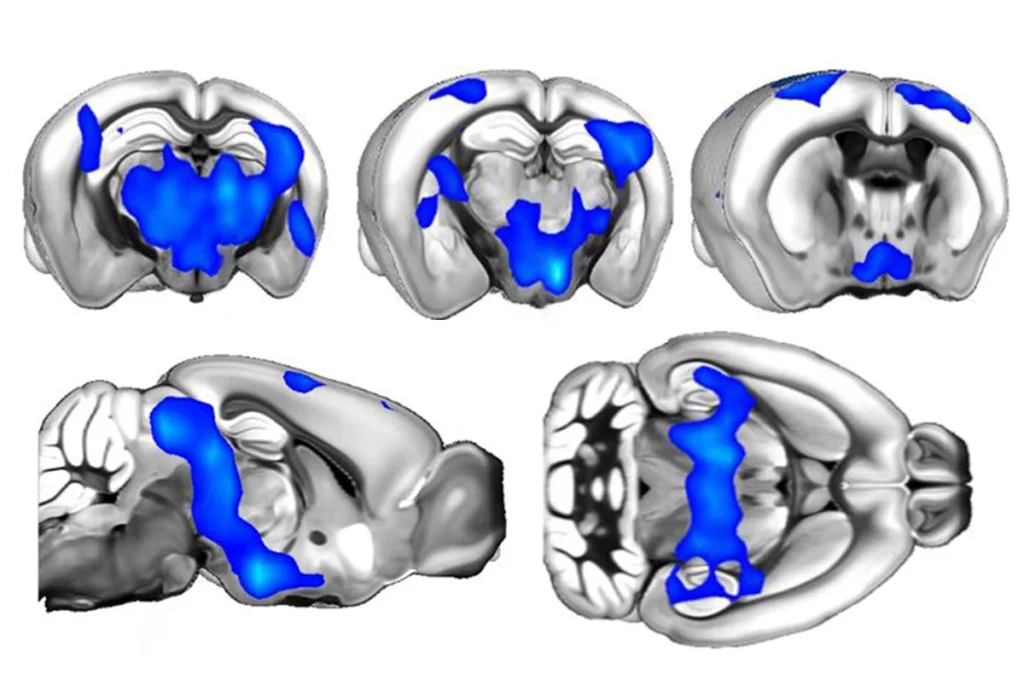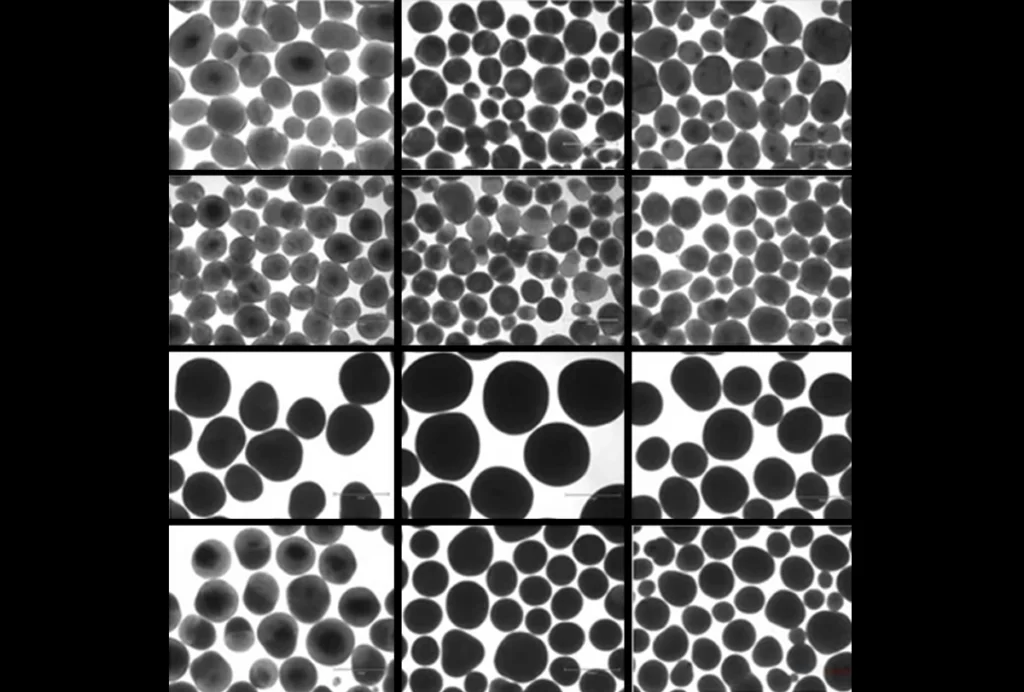Partners who share similar traits of a given condition, such as autism, may concentrate rare genetic variants in their children, increasing the likelihood of having a child with that condition, according to a new preprint.
Partner selection can “put them over the tipping point for their offspring to develop the condition itself,” says John Constantino, professor of psychiatry and pediatrics at Emory University in Atlanta, Georgia, who was not involved in the study.
The propensity for people to partner with others who share their traits, known as assortative mating, has been thought to play a role in inheriting psychiatric conditions. People with a psychiatric condition — including autism, bipolar disorder, attention-deficit/hyperactivity disorder and schizophrenia — have a tendency to select a partner with the same condition, according to a 2016 study that analyzed medical records from the Swedish National Patient Register. These partner preferences could increase autism prevalence from one generation to the next, a follow-up study suggested.
The new findings help to explain the genetic factors behind these trends.
“We’ve been hoping for this for a long time,” Constantino says. “Because as we saw these behavioral manifestations of mate selection, it was just a matter of time of getting big enough, well-characterized samples to show that what we were observing behaviorally has the expected molecular, genetic foundation.”
T
he preprint examined data on traits and genetic variants in more than 38,000 pairs of spouses from several datasets, including a population-based cohort called the UK Biobank and two autism cohorts from North America: the Simons Simplex Collection and SPARK. (The latter two are funded by the Simons Foundation, Spectrum’s parent organization.) The work also collected data from a cohort of families that carry deletions in the 16p12.1 chromosomal region.People with psychiatric traits are more likely than would be expected by chance to choose a partner with similar traits, the study found across all four cohorts, replicating previous results. Within these pairs, spouses have similar amounts of rare, single-nucleotide genetic variants.
Next, the study determined the genetic relatedness of parents in the two autism cohorts by calculating kinship coefficients. The more genetically similar the parents are, the more likely their autistic children are to have long “runs of homozygosity,” in which the alleles inherited from each parent match, the researchers found. These runs have been associated with an increased likelihood of several neurodevelopmental conditions in other studies. This result indicates that assortative mating could up the likelihood of autism and other conditions in children.
M
any of the variants that are most strongly linked to autism are de novo, meaning they occur spontaneously in the child and are not inherited. But these variants cannot explain why autism tends to run in families.Instead, some parents may pass on a type of mutation called a copy number variant, in which large portions of a chromosome are deleted or duplicated. The inherited copy number variant may not cause autism on its own, but it can make a child more vulnerable to the influence of additional genetic variants — either mutations inherited from the other parent or de novo variants. This combination of variants is what can lead to autism.
“It’s a combination of things coming together, and that combination is contributing to the phenotype, the severity that you see in the child,” says Santhosh Girirajan, professor of genomics at Pennsylvania State University in University Park and lead investigator of the preprint.
This multi-hit phenomenon has been seen previously in another study on 16p12.1 deletion: Having the deletion alone increases the likelihood of autism, schizophrenia and developmental delay, but having the deletion plus a second variant leads to a more severe phenotype. “What determines what makes you go to one of these trajectories is what are the hits you have in addition to the deletion,” Girirajan says.
In the new work, Girirajan and his colleagues found that carriers of the deletion and their non-carrier partners have similar frequencies of psychiatric conditions, indicating nonrandom mating. For example, 20 percent of the carrier partners have schizophrenia traits and 36 percent have depression symptoms, whereas 12 percent of the non-carrier partners have schizophrenia traits and 28 percent have depression symptoms. The spouses also have similar rare-variant burdens.
When people with similar phenotypes and variant burdens have children together, the genetic differences become more extreme over generations, “where affected individuals will have more affected children, and unaffected or mildly affected individuals will have more mildly affected children,” the study authors wrote in their preprint, which was posted on medRxiv in May and has not yet been peer reviewed.
The databases the study relied on are primarily made up of people of European ancestry, which is a limitation, says Renato Polimanti, associate professor of psychiatry at Yale University, who was not involved in the study. Socioeconomic factors also were not taken into consideration and could play a role in the presence or absence of psychiatric traits as well as mate selection, he says.
Next, Girirajan and his team want to dig deeper into how and why similar genetic variants can lead to different phenotypes, as well as the molecular changes driving each trajectory.






